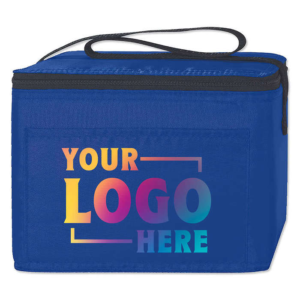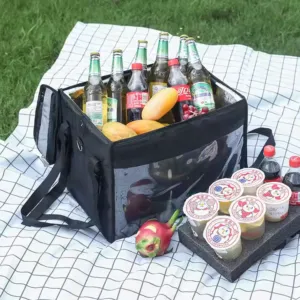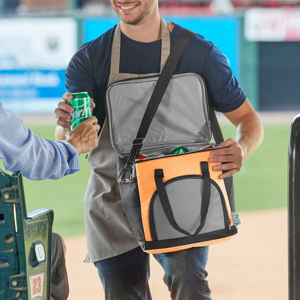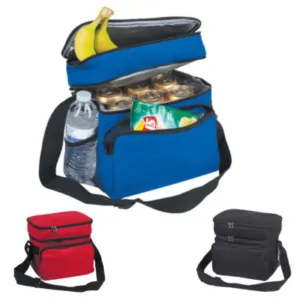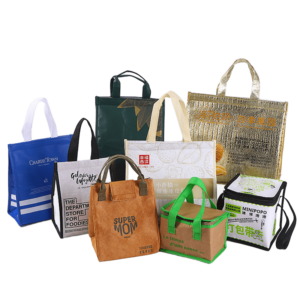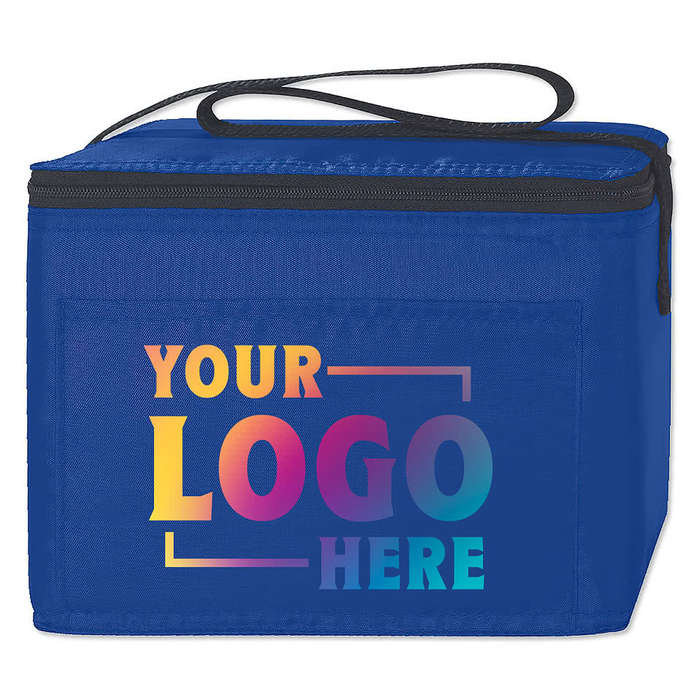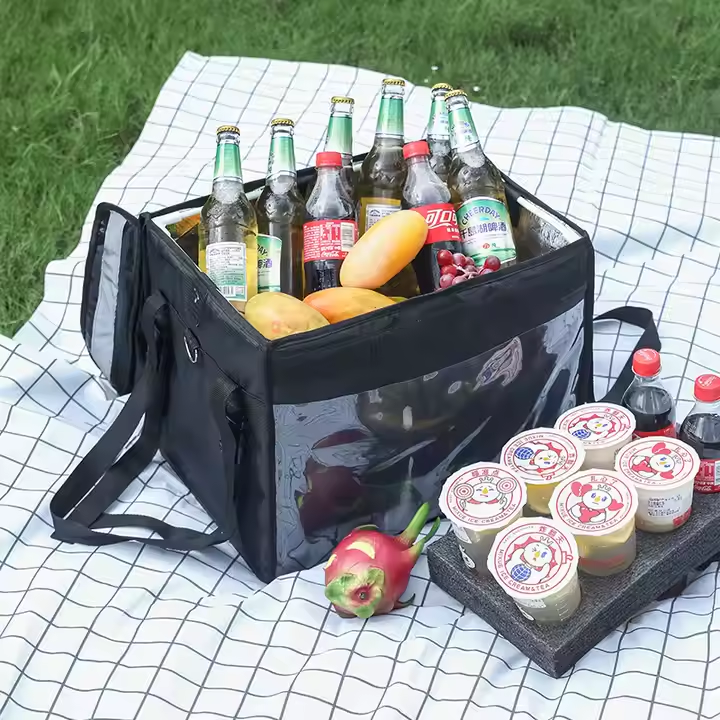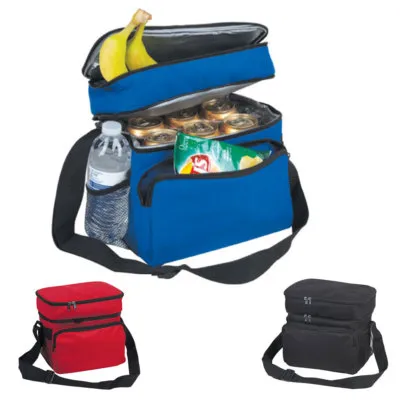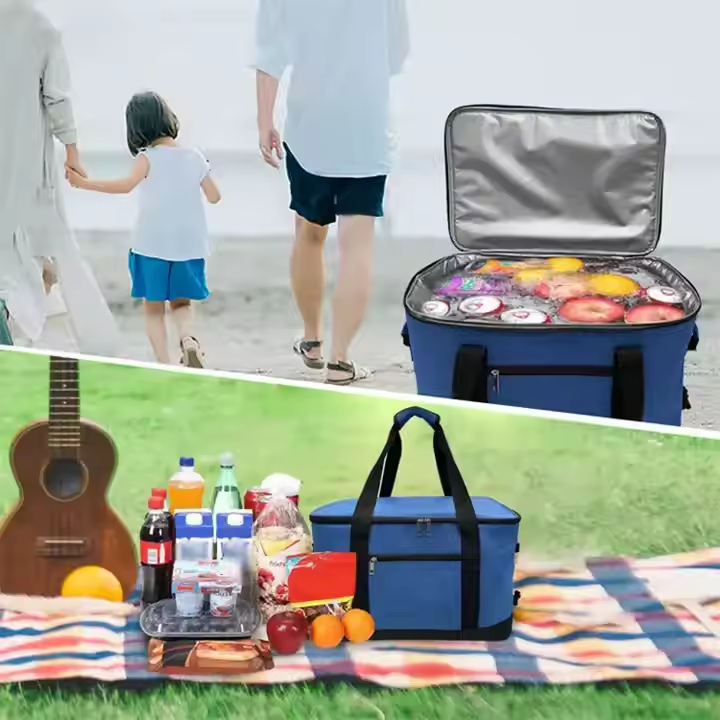
Looking for the best material for cooler bags but lost in jargon? I’ve been there, and here’s what really matters.
The best material for insulated cooler bags usually combines aluminum foil, EPE foam, and non-woven fabric to achieve top thermal performance.
Keep reading—because understanding the materials can mean the difference between fresh food and a soggy mess.
What is considered to be the best insulator material?
We all want our drinks cold and our lunch hot. But not all insulation is made equal. Choosing the right one means longer freshness and better performance.
EPE foam, aluminum foil, and polyurethane are among the best thermal insulators1 used in cooler bags today.
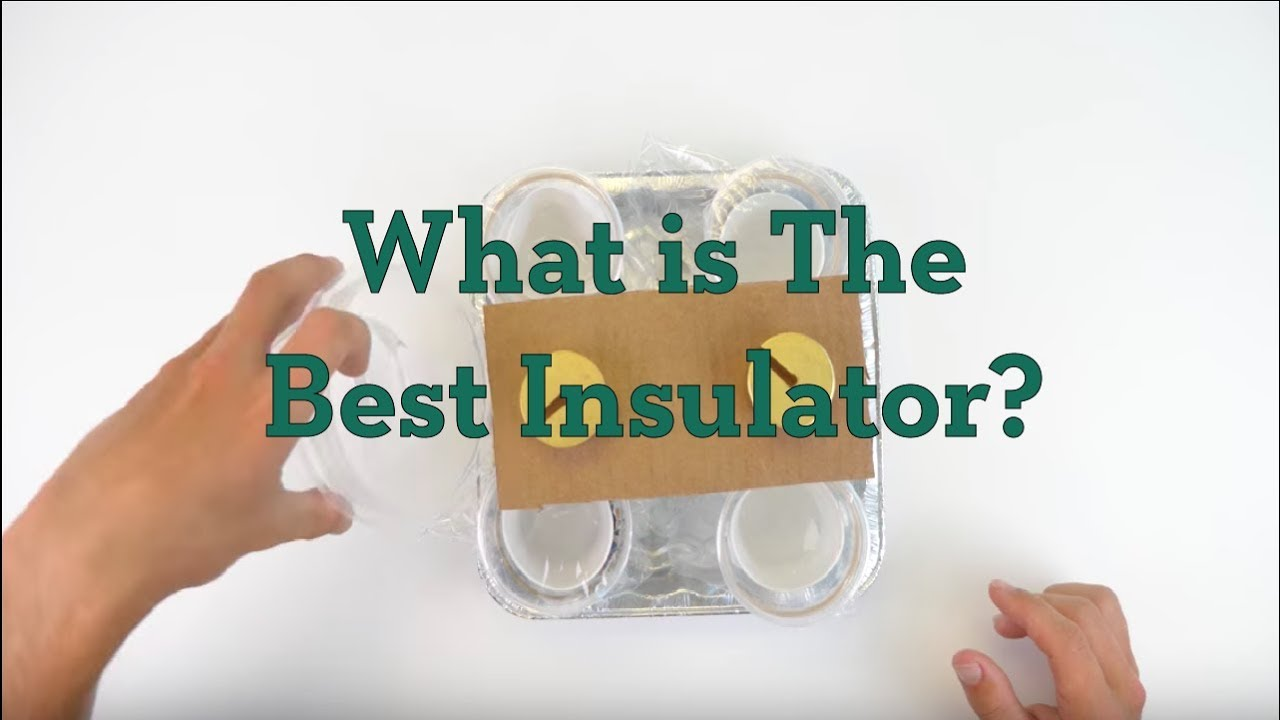
Let’s break it down:
| Material | Thermal Performance | Weight | Cost | Flexibility |
|---|---|---|---|---|
| EPE Foam | ★★★★☆ | Light | Low | High |
| Aluminum Foil | ★★★★☆ | Ultra Light | Low | Medium |
| Polyurethane | ★★★★★ | Heavy | High | Low |
| Non-woven Fabric | ★★★☆☆ | Light | Low | High |
EPE foam is the sweet spot. It traps air well, is lightweight, and adds cushioning. Aluminum foil boosts reflectivity, keeping heat out. If you're going for industrial-grade bags, polyurethane is a beast, but it’s bulky and expensive. Non-woven fabrics? They’re not great insulators by themselves, but when layered with foil and foam, they make the outer shell durable and reusable.
What are insulated bags made of?
People often assume insulated bags are just thick lunch bags. Not true. The construction is actually quite layered—literally.
Insulated bags are typically made from multiple layers including aluminum foil, insulating foam, and a durable outer shell like non-woven or PP woven fabric.
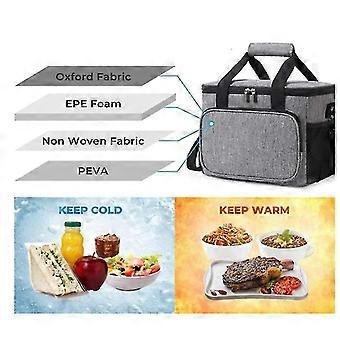
What’s inside counts:
Here’s a quick look at the construction layers:
| Layer | Material Used | Purpose |
|---|---|---|
| Inner | Food-grade aluminum foil | Reflect heat, easy to clean |
| Middle | EPE foam or PU2 | Trap air, insulate temperature |
| Outer | Non-woven or PP fabric | Durable, printable, water-resistant |
Each layer does a job. The inner foil layer keeps things hygienic and reflective. The foam layer holds in heat or cold. The outer fabric ensures strength and style. We use this combo at JiaRong Packing because it's tested, reliable, and cost-effective for our B2B customers.
What is the difference between thermal bag and insulated bag?
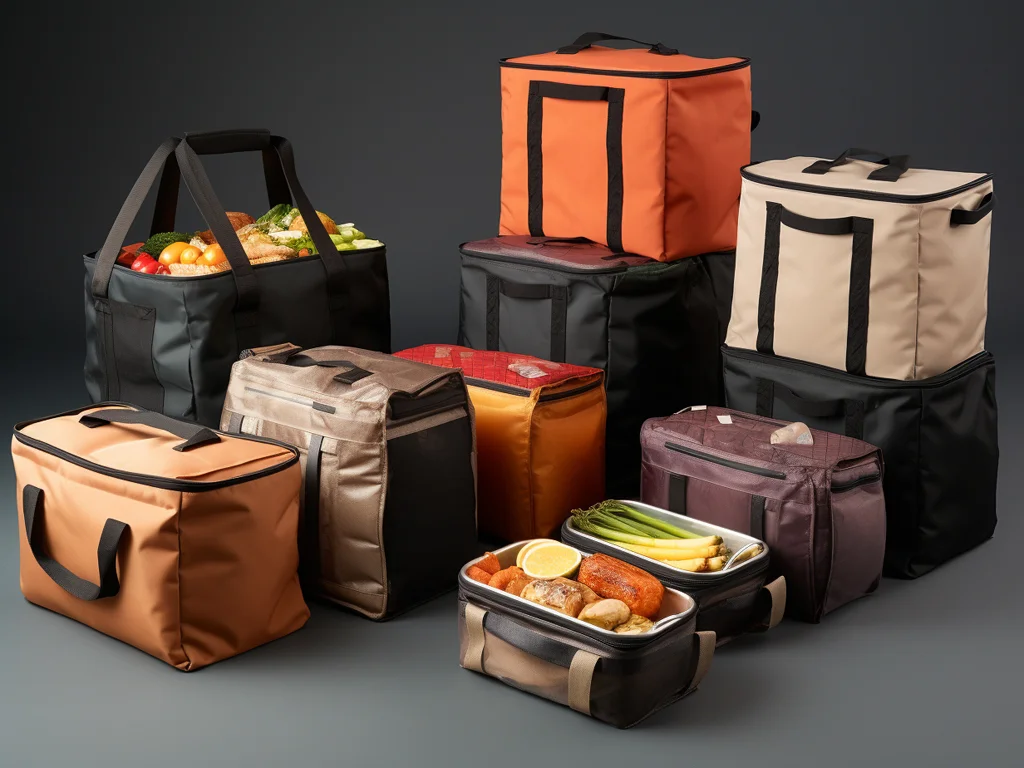
This one throws off a lot of buyers. Are they different bags or just different words? Let me clear it up.
"Thermal bag" and "insulated bag" are used interchangeably, but thermal bags3 usually emphasize heat retention, while insulated bags aim for both heat and cold.
Thermal bags are more common in food delivery, especially hot meals. Insulated bags have a broader purpose—great for picnics, supermarkets, and takeaway cold storage. So, when a buyer from Europe asks for a “thermal bag” and a buyer from the U.S. asks for an “insulated cooler,” they might actually want the same thing—just called differently.
What are cooler bags lined with?
The secret sauce of any cooler bag? It’s the lining. A good liner means better insulation, easier cleaning, and no leaks.
Cooler bags are lined with materials like aluminum foil, PEVA, or food-grade TPU to retain temperature and prevent leakage.
Here’s why the lining matters:
- Aluminum foil: Best for thermal reflection and keeping things sterile.
- PEVA: Non-toxic, flexible, and easier to mold around irregular shapes.
- TPU: Higher-end, more durable, better for long-term use.
If you're ordering from us at JiaRong Packing, we usually recommend aluminum foil for large supermarket takeaway bags, and PEVA for compact lunch-type models. It all depends on the end-user and your brand image.
Conclusion
The best cooler bags use EPE foam and foil inside, non-woven outside. Layered smart, built strong—works like a charm.
Visit our website to customize yours → JiaRong Packing
-
Explore this link to discover the top thermal insulators that enhance the efficiency of cooler bags, ensuring your items stay fresh longer. ↩
-
Learn about EPE foam's insulation properties and how it effectively traps air to maintain temperature, crucial for packaging solutions. ↩
-
Discover how thermal bags function to keep food hot, ensuring quality and safety during transport. ↩


